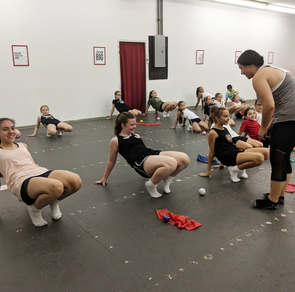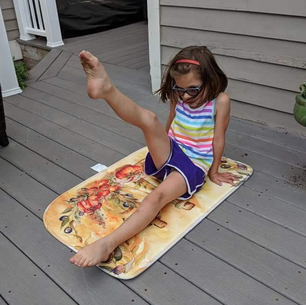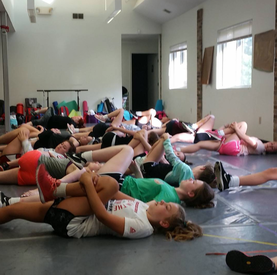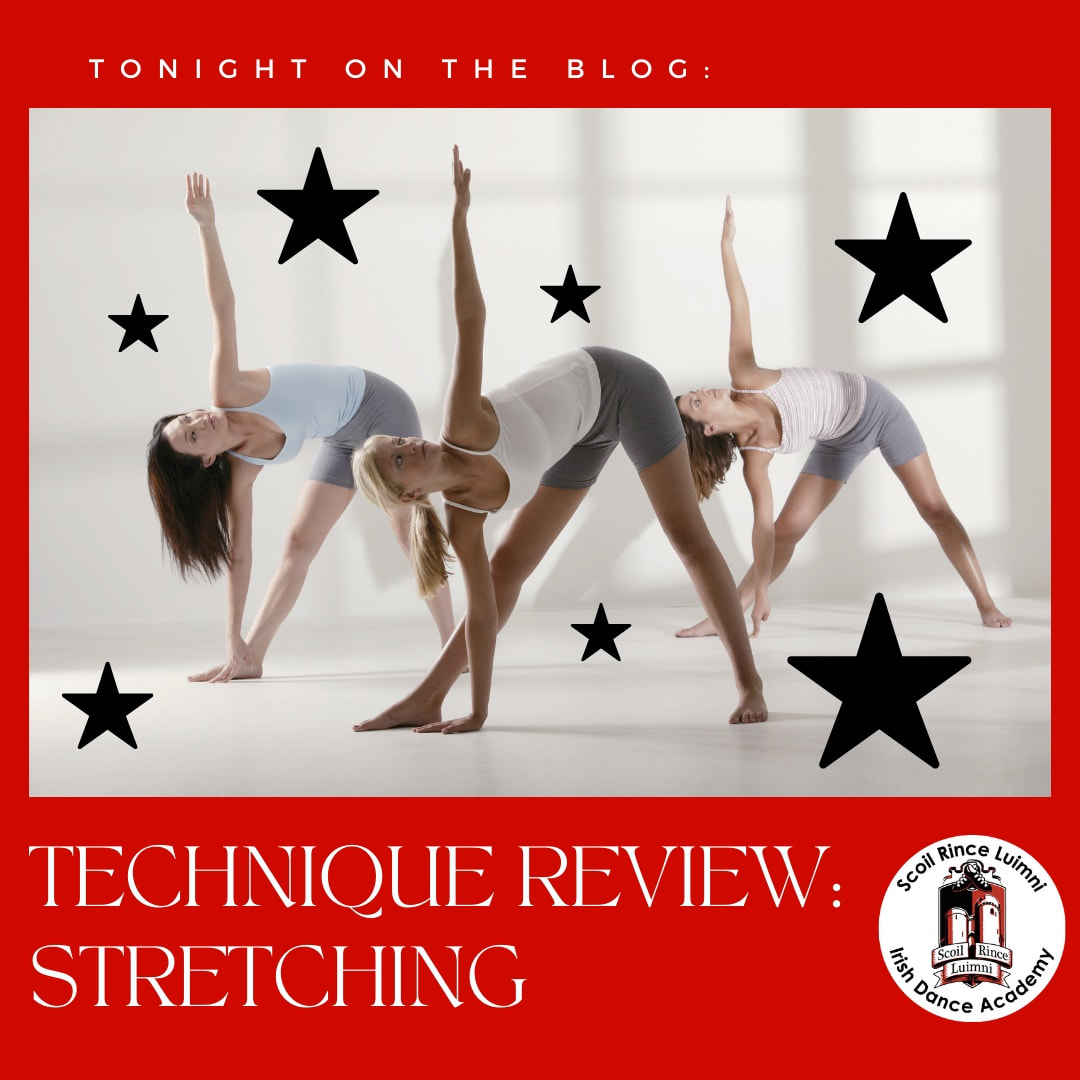 Okay, so, maybe stretching isn’t part of Irish dance’s technique per say, but it is a key component to every dancer’s success. It’s also the most often and easily skipped part of a dancer’s at-home practice—especially younger dancers, as younger muscles are more elastic (as we age, our muscles begin to shrink and lose mass.) However, that doesn’t mean stretching is less important for younger dancers! Stretching remains the primary way dancers can protect their bodies from the fatigue and strain that can build up over a lifetime (or even just their first few years!) of dance, and help prevent both minor and major injuries. But what are the benefits of a regular stretching practice? First off, the key word is regular. Researchers make clear distinctions in their findings--occasional stretching can actually decrease muscle strength if immediately followed with activity, while regular stretching enables muscles to work “most effectively.” But that’s only the tip of the proverbial iceberg. While the obvious benefit is an increase in flexibility (and what dancer doesn’t want that?), it’s also proven to improve performance in all physical activities as it increases joint mobility and, as we’ve mentioned, prevents injury. This is because stretching increases blood flow to your muscles as you temporarily lengthen your muscle fibers. Here’s the number one tip for stretching, one we could shout from the rooftops if we could: stretching is NOT a warmup! Your muscles should be warmed up (some low intensity cardio where you’re not overextending yourself is all it takes) before the stretching starts--stretching cold muscles can potentially cause strain, pulls, or tears. Stretching after dancing is just as important—this is when your muscles are at their warmest. This is a dancer’s best opportunity to really increase flexibility without causing undue strain, as this would be the most pliable your muscles are during a workout.  Other tips? While genetically most dancers have one side they favor and are most flexible on, Irish dance strives for symmetry and your stretching should too! Make sure you’re repeating each side-specific stretch on both sides, while focusing on major muscle groups and your most used joints. This will also help with a dancer’s balance! While your dancer stretches, we’re looking for smooth movements with good posture that are held for 30-60 seconds. No bouncing allowed, as this can cause both injury and muscle tightness—and that smooth motion and hold should under no circumstances be painful. What you want to feel is tension, not pain! And don’t forget: make sure your dancer’s stretching routine is sports-specific. That means making sure the stretches they’re doing aren’t just the generic ones they might learn in P.E. class, but a stretching routine that benefits Irish dancers and the ways they move their bodies specifically. There are innumerable resources specific to Irish dance out there, but, of course, Miss Courtney and our SRL instructors are a wealth of knowledge of what stretch to do for specific issues, and the stretches our dancers learn in class will always be a good idea for at-home practice. Our most loved resources here at SRL include Target Training Dance (here’s an Irish dance-specific stretching YouTube playlist from them!), as well as Irish Dance and Culture Magazine (here’s a great article!) and Ready to Feis (and another!), but always feel free to share what you find in our parent and dancer Facebook group—it’s a community effort!  Does your dancer get bored while stretching and tend to rush through it? Remember there’s more than one kind of stretching! While we’ve largely been discussing tips for static (i.e. holding a stretch) stretching in this post, dynamic stretching is recommended by many as one of the best options for before dancing (while static is best utilized after dancing, when the muscles are their warmest. Dynamic stretching is a series of controlled, activity-specific movements performed at a gradually increasing intensity to help prepare your muscles for the activity you’re about to do. Check out Celticore Pilates for a great workout that includes dynamic stretching, for example! The most important thing to remember? Keep it up! Making stretching a regular practice—whatever that practice looks like, as long as it’s done safely and with Irish dance in mind—is the primary factor in whether stretching will be beneficial to your dancer. It’s something that can be done every day, in a variety of places and situations, even if there isn’t time to practice their slip jig. Making it a part of your dancer’s everyday life and practice will only be a benefit! This post is part of a series. Read our last technique post, all about timing, here. Check out the blog every Monday and Thursday for more posts about Irish history, dance culture, community news, and spotlights on our dancers, staff, and families—among other fun projects! And don’t forget to dance along with us on both Facebook and Instagram.
0 Comments
Your comment will be posted after it is approved.
Leave a Reply. |
SRL NewsFind all of our latest news on our Scoil Rince Luimni Facebook page! Categories
All
Archives
August 2022
|

 RSS Feed
RSS Feed